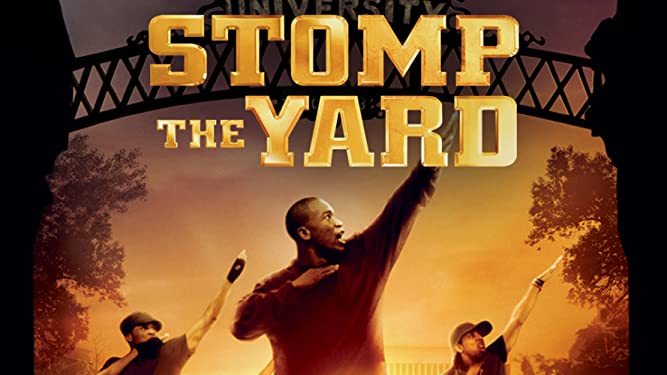
Radical Vs. Bourgeois Black Hair Culture: School Daze, Stomp the Yard, Good Hair
By Steve Sailer
09/26/2013
SCHOOLS CRITICIZED FOR BANS ON DREADLOCKS, AFROS
BY LEANNE ITALIE"Why are you so sad?" a TV reporter asked the little girl with a bright pink bow in her hair.
"Because they didn’t like my dreads," she sobbed, wiping her tears. "I think that they should let me have my dreads."
With those words, second-grader Tiana Parker of Tulsa, Okla., found herself, at age 7, at the center of decades of debate over standards of black beauty, cultural pride and freedom of expression.
It was no isolated incident at the predominantly black Deborah Brown Community School, which in the face of outrage in late August apologized and rescinded language banning dreadlocks, Afros, mohawks and other "faddish" hairstyles it had called unacceptable and potential health hazards.
A few weeks earlier, another charter school, the Horizon Science Academy in Lorain, Ohio, sent a draft policy home to parents that proposed a ban on "Afro-puffs and small twisted braids." It, too, quickly apologized and withdrew the wording.
But at historically black Hampton University in Hampton, Va., the dean of the business school has defended and left in place a 12-year-old prohibition on dreadlocks and cornrows for male students in a leadership seminar for MBA candidates, saying the look is not businesslike.
There’s an interesting radical v. bourgeois division at all-black colleges like Hampton, which can be seen in Spike Lee’s 1988 movie School Daze about his experiences at Morehouse. (Spike’s a 3rd generation Morehouse man). Some students go to black colleges to live out the black radical dream (e.g., Spike), others to be as bourgeois as they wanna be without feeling like they are Acting White (there’s an aspect of that in Spike, too). The movie Stomp the Yard, about an inner city black kid who gets a scholarship to an expensive black college where he learns to appreciate middle class norms, is one of the few approving portraits of fraternity life to appear in movies in recent decades.
As for black hair styles, I'd point out the male v. female division. Most cultures in the world, other than, say, Masai and Rastafarian, endorse longer hair on women than on men. I read back in the 1990s that white women’s hair will grow, on average, 12 inches longer than white men’s hair before falling out, which makes long hair a sex-linked trait. (I haven’t seen that since, so don’t take it on faith. Anybody know for sure?) Among blacks, however, hair grows so short overall that the sex difference (if it exists) is small in an absolute sense.
So, black women have substantial problems with their hair competing in integrated countries with longer haired women for men. This leads to African-American women spending a huge amount of money and time on their hair (see Chris Rock’s documentary Good Hair, and above is the "Good & Bad Hair" musical number from School Daze.)
So, I sympathize with black women who try to come up with a look for their hair that doesn’t involve scary chemicals (and especially for those who try to keep weird hair-straightening potions away from their little girls' scalps).
In contrast, black men may have fewer hair issues than white men. Michael Jordan started going bald so he shaved his head. Perhaps he would have been even more popular with a full head of hair, but, if I recall correctly, he was fairly popular as is. So, it seems perfectly reasonable for Hampton’s B-School to enforce professional-looking hair norms for their male students.
